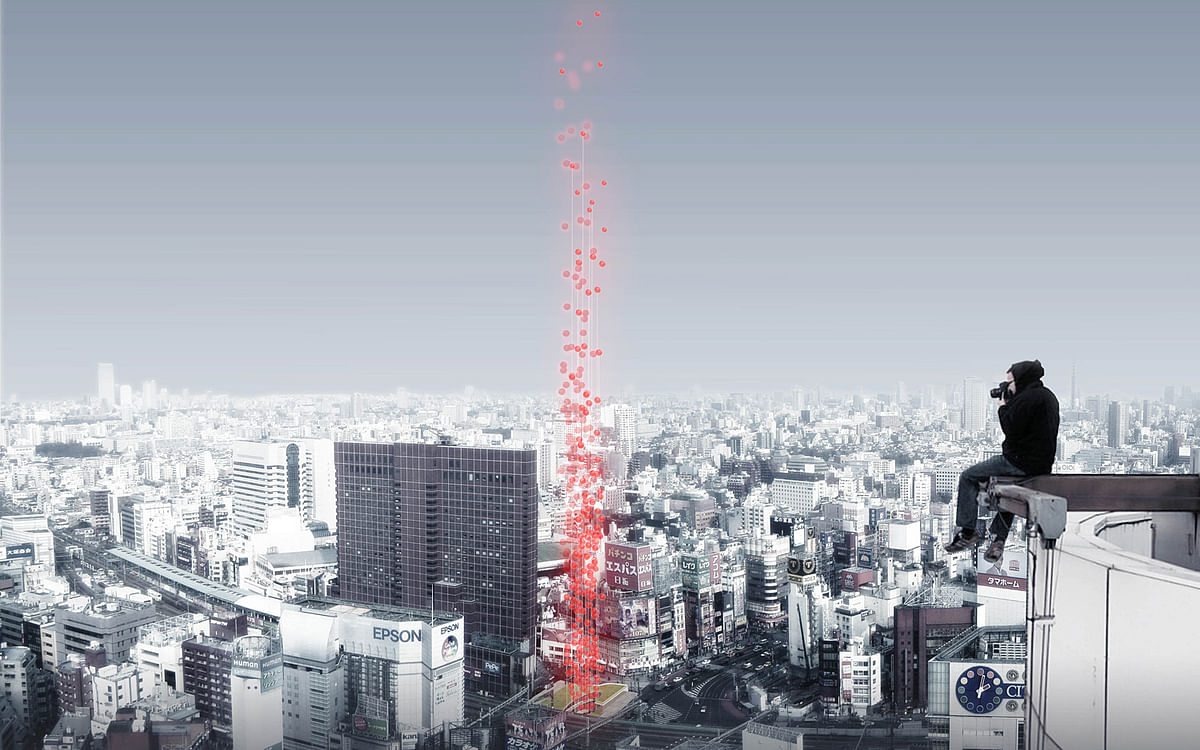
In a better place: The Tokyo Vertical Cemetery winners
By Justine Testado|
Wednesday, Nov 2, 2016
Related
Creating ample space for city dwellers in incredibly dense cities like Tokyo is an ongoing challenge, let alone spaces for those dwellers that have passed on into the afterlife (if you believe in such a thing). On top of that, how can architecture bring a positive, respectful approach to the solemn and stigmatized topic of death? Those are just some of the questions that participants in arch out loud's “Tokyo Vertical Cemetery” ideas competition had to address.
Participants had to design a vertical cemetery in Tokyo's Shinjuku district that explores the relationship between life and death, while also respecting the area's cultural customs. The jury — which included leading architects like Tom Wiscombe, Allison Killing, and Liam Young — evaluated 460 entries submitted by designers representing 54 countries. In the end, the jury chose one winning entry and three runners-up. Twelve honorable mentions and Director's Choice entries were also announced.
“The best proposals had a strong spiritual and cultural understanding of death and the many shades of meaning attached to it,” the jury said on the competition. “Many of them also brought a good understanding of digital media and how this has shaped a changing attitude to memory, and included this successfully into proposals. The designers took this and translated it into a concept that took death seriously, while also bringing a lightness to their approach and developing convincing and compelling architectural proposals.”
Check out the top entries below.
WINNER
“Death is not the end. Being Forgotten Is” by Wei Li He, Wu Jing Ting Zeng, Zhi Ruo Ma, Kui Yu Gong (Priestman Architects) | Chongqing, China

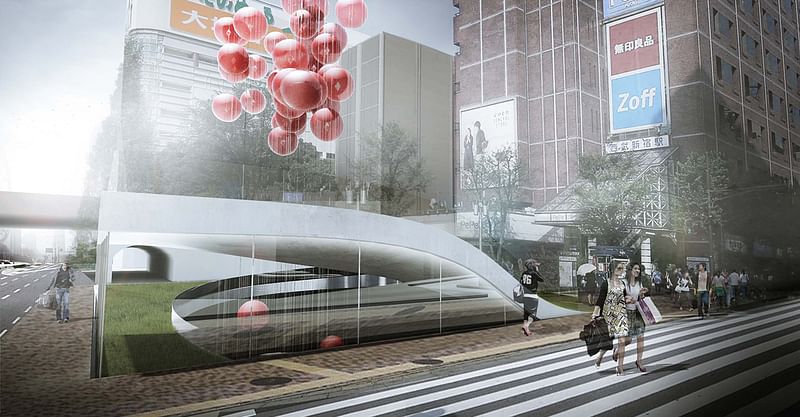
Project summary: “This project explores a new way of dealing with the spatial constrain for urban cemeteries while expressing a unique approach to life and death. By having the balloons as a medium for coffin storage, we utilize the vertical space by having balloons that gradually rise up and eventually fly off. The appearing and disappearing of balloons resonate with the temporality of life. Departing from the depressing silence in traditional cemetery design, we propose a new space of tranquility created by a tower of rising.”
RUNNERS-UP
“Beyond the Horizon of Consciousness” by Anna Eckes, Olaf Mitka (Cracow University of Technology) | Kraków, Poland

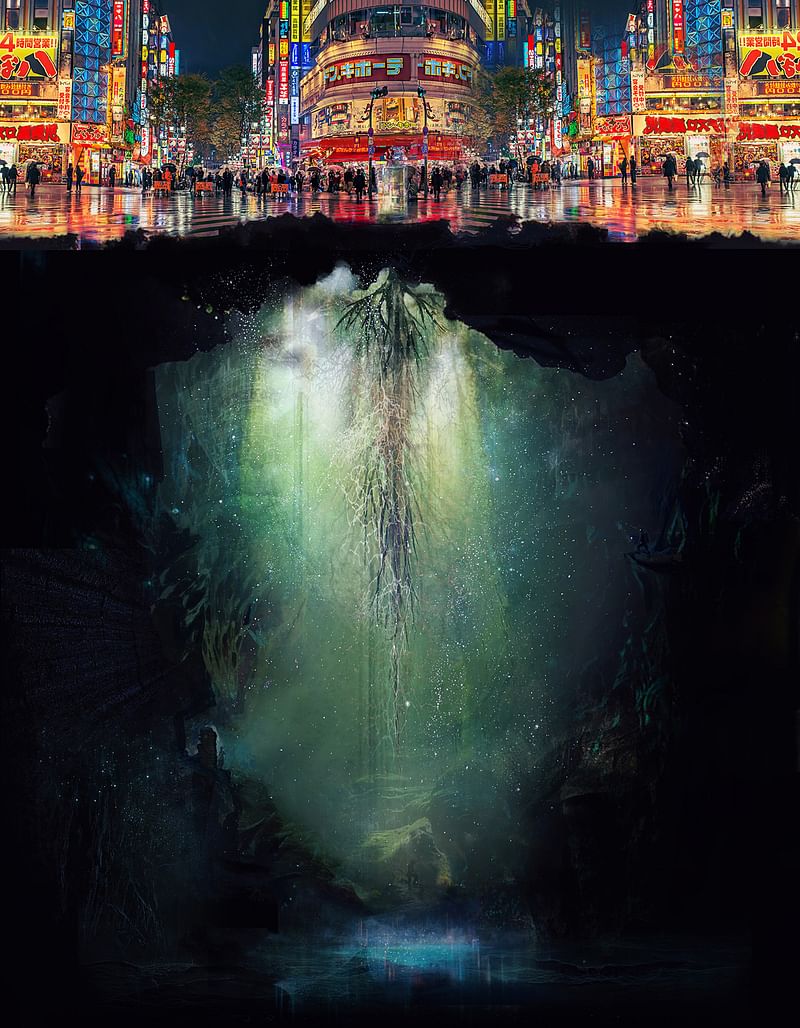

Project summary: “[This proposal] questions our current concept of consciousness and its relation to death. The project is an ‘uncanny' negation of Tokyo — the city which floods every ‘dark space’ with light and noise, the city that leads to shatter myth and irrationality. Space express itself through mimicry of cave, architecture that doesn’t have a plan or rooms. The site is a meadow interacting with users. The surface of rocks serves as a columbarium, a storage for modern ‘urns’ created from the separation of DNA. The bottom of cave consists of a main reflection space. Smaller, personal ones are located all the way from entrance to lake.”
“In-Between” by Moises Royo Marquez, Carlos Orbea Martinez, Gonzalo Garcia-Robledo, Piotr Panczyk (ETSA Madrid, Muka Arquitectura) | Madrid, Spain

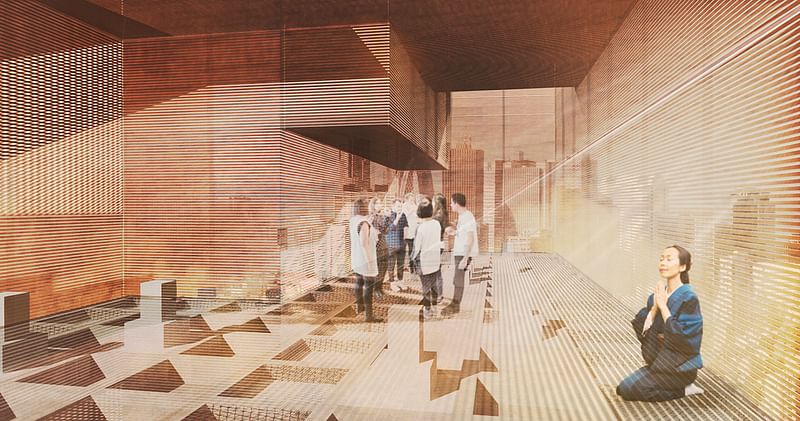

Project summary: “The concept is based on a dialogue between volumes made of two drastically different materials and the empty space in the middle. Apart from generating interesting spaces with three different ambiances, this could be considered a metaphor for the cemetery, a place between two worlds: dead and living. Our project recognizes them both as different and bonds them together within one structure by finding a place for utilities and public spaces. All this is concealed in modular grid that sorts out space dedicated for each grave in an economic and respectful manner that does not contradict neither Japanese traditions nor customs.”
“Inner Landscape” by Niccolò Brovelli | Province of Varese, Italy

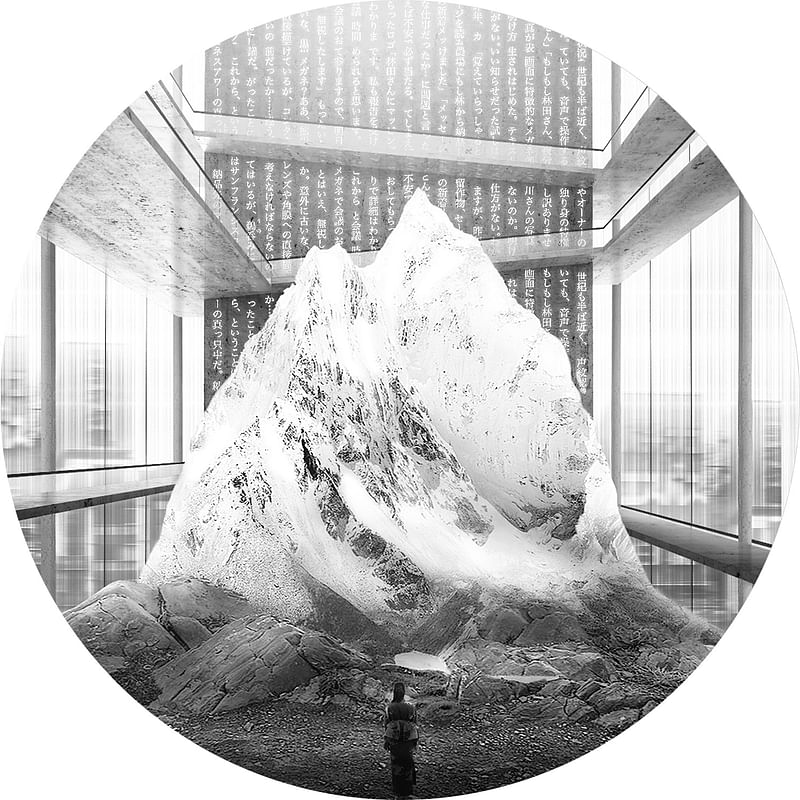
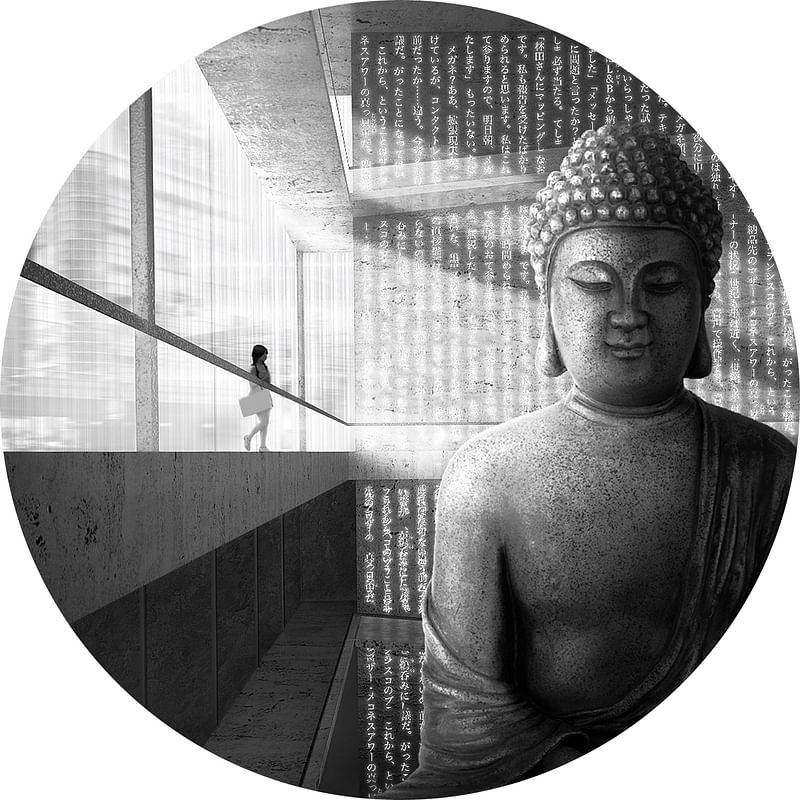
Project summary: “Inner Landscape is a boundary between the frantic rhythm of the city and the timeless interior space.Inner Landscape is a vertical path, hybrid interpretation of multi-storied pagoda and Japanese shrine. Inner Landscape symbolizes the Buddhist tripartition into three lands: a land of roots, a land of the middle and a plain of high heaven. Inner Landscape is death and life: a cryptic place to feel close with loved departed and a spiritual route between ‘artificial’ pieces of Japanese landscape, that leads to the perception of the Shinto's reverence for natural artifacts.”
Find the project boards and Director's Choice entries in the gallery below. You can check out the winning entries as well as the full competition results here.
All images and quoted text courtesy of arch out loud.

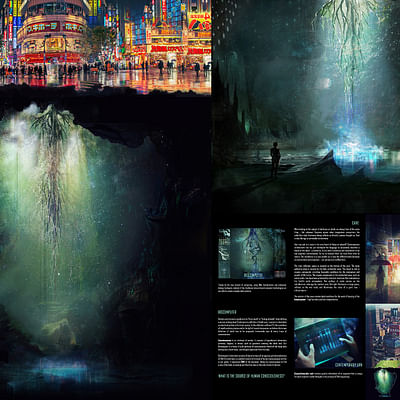
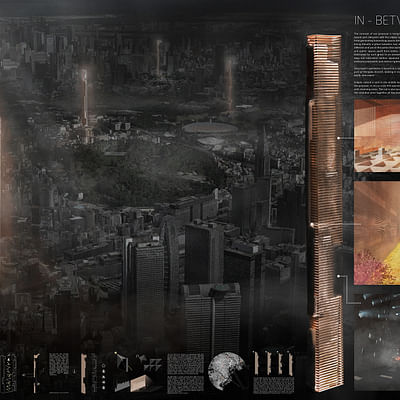
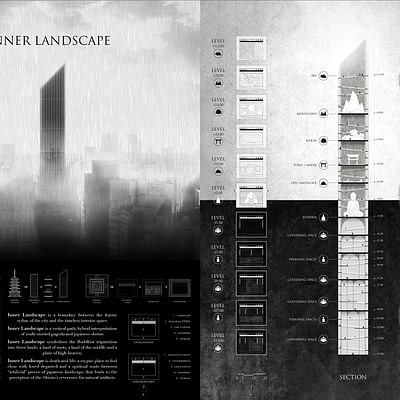
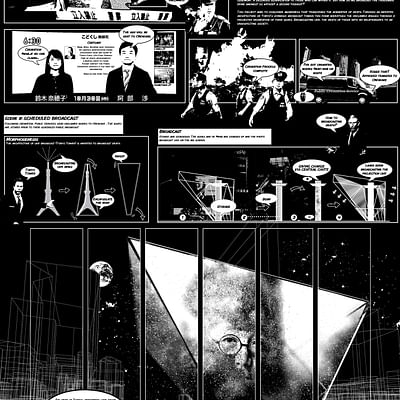

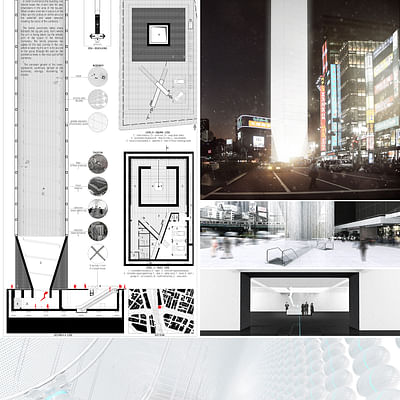
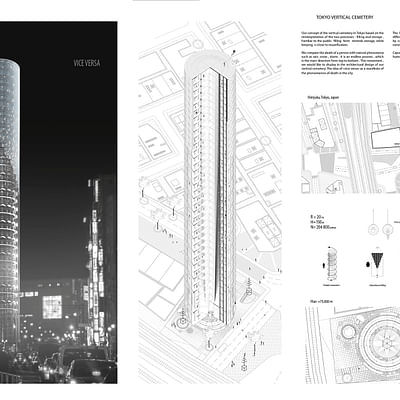
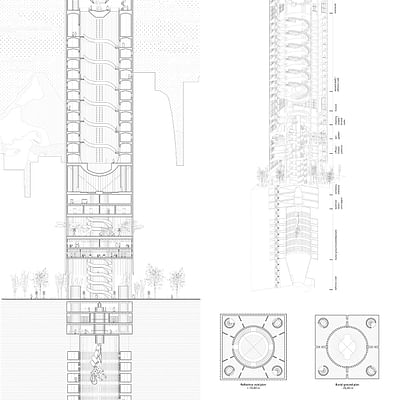

Share
0 Comments
Comment as :